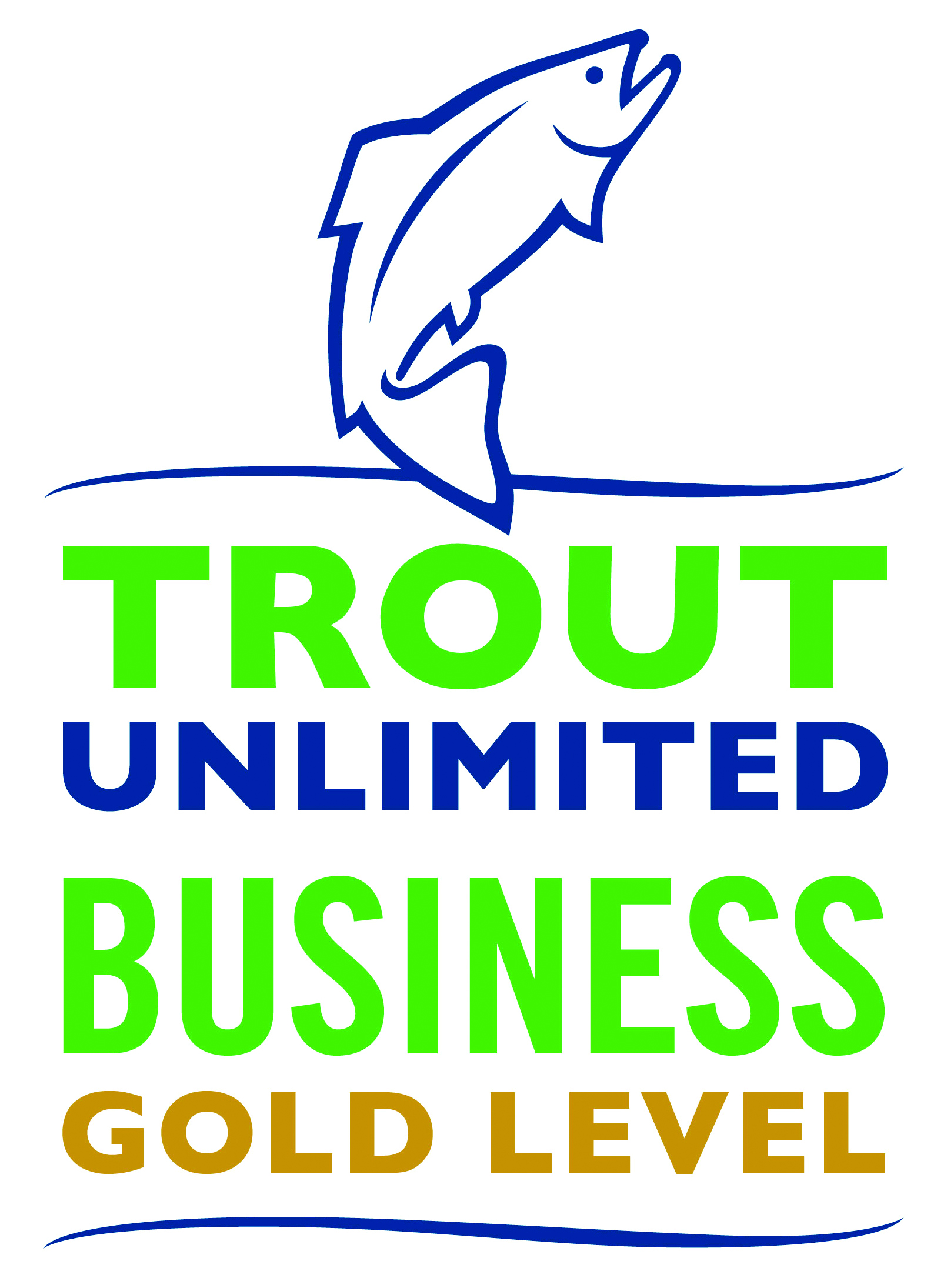
by Landon Williams
 Fishing started out slow for the first hour and a half I was there and I really think it was due to being in the shadows and staying cold. Once I hit a heavily sunlit stretch at about 12:30 or so, it was game on! The same flies I had been throwing earlier suddenly found their way into the mouths of many hungry and aggressive stocked and wild rainbows. I fished with a "deep" dry-dropper rig consisting of a big Klinkhammer as a strike indicator, with a leech or squirmy worm tied on jig hooks catching most of the stocked fish. I had a #18 natural pheasant tail dropped below that, which caught most of the wild fish. In the couple of stretches where I fished in full sunlight, #20-22 Blue-Winged Olive mayflies and small black stoneflies were hatching and a few fish were splashing after them. I caught several on a tiny BWO parachute, which was a nice change of pace from dredging!
Fishing started out slow for the first hour and a half I was there and I really think it was due to being in the shadows and staying cold. Once I hit a heavily sunlit stretch at about 12:30 or so, it was game on! The same flies I had been throwing earlier suddenly found their way into the mouths of many hungry and aggressive stocked and wild rainbows. I fished with a "deep" dry-dropper rig consisting of a big Klinkhammer as a strike indicator, with a leech or squirmy worm tied on jig hooks catching most of the stocked fish. I had a #18 natural pheasant tail dropped below that, which caught most of the wild fish. In the couple of stretches where I fished in full sunlight, #20-22 Blue-Winged Olive mayflies and small black stoneflies were hatching and a few fish were splashing after them. I caught several on a tiny BWO parachute, which was a nice change of pace from dredging!  Once the sun started dropping below the ridge line, the fishing in the DH tapered off significantly and by 3:45 I felt like it was over. I decided to head down the road and try the lower river, the rafting section. The water temperature was considerably warmer down there and was certainly above 40 degrees with maybe a couple numbers to spare. Duke Power was running water but it was not nearly the flow that it is during the recreational releases of the summer. The best part, there were no rafters. The fishing was fantastic too! I caught just about as many down there in the last hour and a half of daylight as I did in the whole afternoon up on the DH. I was doing my same dry dropper rig, but only rigged about 2ft deep down to my leech. The wild fish in the lower section were absolutely tearing it up.
Once the sun started dropping below the ridge line, the fishing in the DH tapered off significantly and by 3:45 I felt like it was over. I decided to head down the road and try the lower river, the rafting section. The water temperature was considerably warmer down there and was certainly above 40 degrees with maybe a couple numbers to spare. Duke Power was running water but it was not nearly the flow that it is during the recreational releases of the summer. The best part, there were no rafters. The fishing was fantastic too! I caught just about as many down there in the last hour and a half of daylight as I did in the whole afternoon up on the DH. I was doing my same dry dropper rig, but only rigged about 2ft deep down to my leech. The wild fish in the lower section were absolutely tearing it up.
Hope you have time to get on the river over the holidays. Remember, "find the sun"!
Landon








